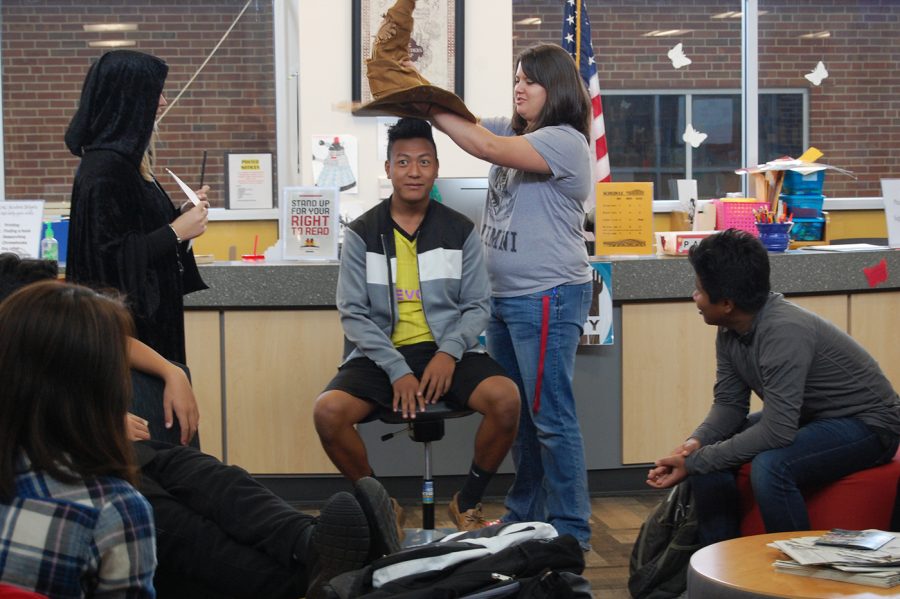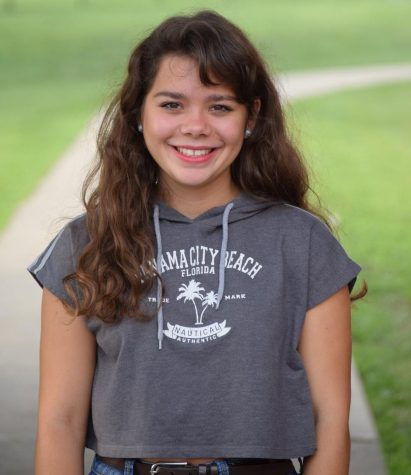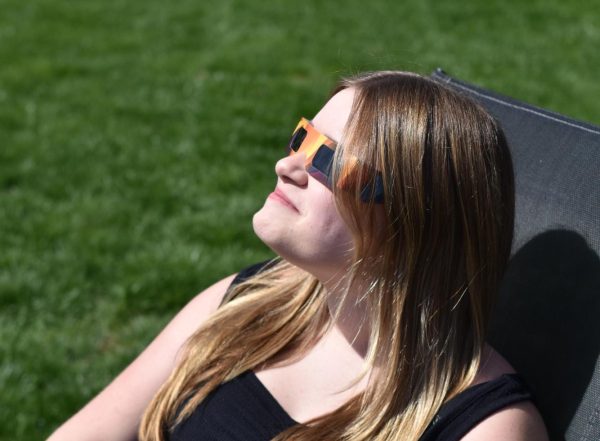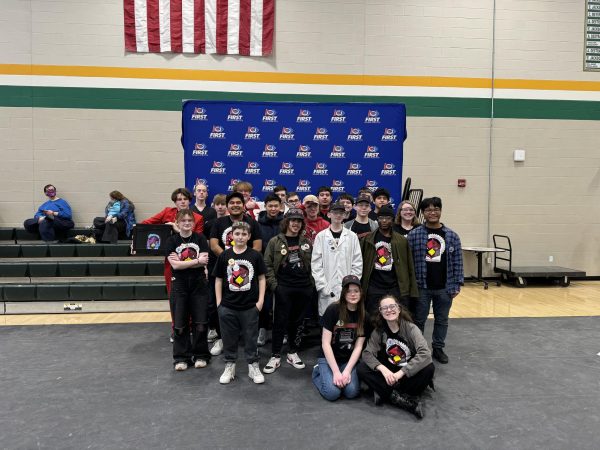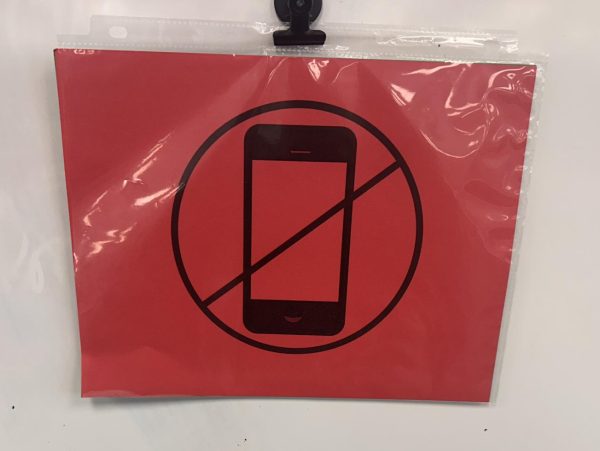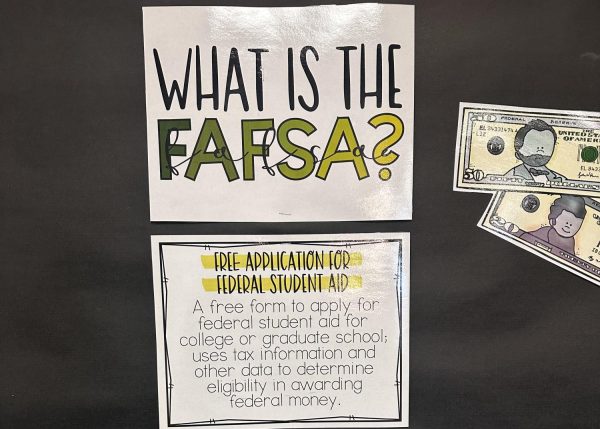EL students read ‘Harry Potter’
EL students learn ‘Harry Potter’ through various projects
EL students participating in a sorting ceremony in the IMC on Sept. 30. The students were sorted into the “houses” from “Harry Potter”.
September 30, 2016
Level 2 and 3 EL students are currently reading “Harry Potter and the Sorcerer’s Stone” However, they’re learning through more than just discussing the book in class. EL teacher Brianna Kompara is interactively teaching her classes by incorporating as many hands-on activities that she sees fit.
After reading each chapter, Kompara and librarian Tara Foor do a project that assists in the students’ understanding of the reading to overcome any difficulties. These projects include activities in subjects from science, history, geography and math to arts and crafts.
“We chose ‘Harry Potter’ because in ‘Harry Potter’ we could incorporate other projects,” Kompara said.
Kompara and Foor decided on “Harry Potter” after debating about whether or not to teach “Speak” by Laurie Anderson instead. They think “Harry Potter” is an important part of popular culture and therefore, along with it’s plot, would present an increased amount of teaching opportunities. With this being only the first year of teaching “Harry Potter,” the goal is to take chunks of the story and bring them to life.
EL student, sophomore Alex Sailung tries to feel what the characters are feeling when the book is brought to life. Another EL student, freshman Senitnary Par, compares and contrasts her family to Harry’s family in the book. While reading, she tries putting Harry’s life in her perspective. She, like Sailung, tries to feel how Harry would feel. For example, Harry doesn’t have parents, but Par does and she tries to understand what that absence might be like. Par and Sailung both find the projects helpful in their learning process, besides the few downfalls of not speaking English.
“I don’t speak English very well,” Sailung said. “Sometimes I get stuck on the vocabulary.”
Sailung, unhearing of “Harry Potter” before, began reading it in class and was surprised to find out what it’s about. The projects help him in his comprehension of the new material. Par, on the other hand, has seen the movie. Even with knowledge from the movie, there are times she gets stuck like Sailung. Kompara will reinforce using the movie as a resource of understanding by playing clips at the end of each section read.
Since there is only one class set, they don’t read on their own at home. In class, the book is read aloud by either Kompara or the students. Following the reading are comprehension questions. Par finds asking and being asked questions about the plot and comprehension are beneficial, like the additional projects, to her understanding while reading.
“We work together and answer the questions,” Par said.
Kompara’s class has already done a scavenger hunt and a sorting hat ceremony in the library, where most projects will be done. However, the science portions will be done in the lab. Later in the semester, they will create potions and dissect owl pellets that science teacher Amanda Schnepp has already ordered. History and cartography will be covered with looking through maps of Hogwarts, the school Harry attends. As the book takes place in Europe, they will learn math by converting European money, Euros to the money used in the U.S. To get active they will play a wizarding sport in “Harry Potter,” Quidditch, in the gymnasium.


